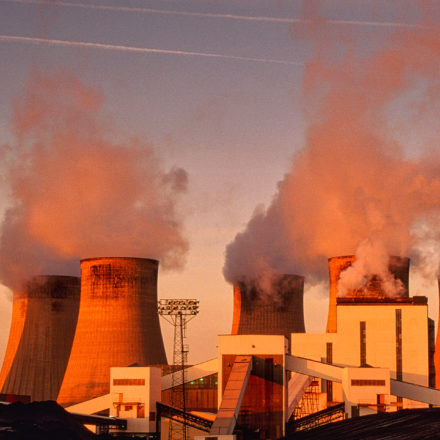Southeast Asia has a unique opportunity to learn from global examples of carbon markets.
Carbon markets around the world are complex and still evolving. For Southeast Asia, there are several challenges and issues to address before carbon trading markets fully develop. Southeast Asian nations will face challenges as they shift towards carbon trading mechanisms – and there are critical lessons to learn from the experiences of other jurisdictions that have taken that path.
Here are our top five market mechanisms and regulatory policies that are important for Southeast Asia’s journey.
This post is part of our Carbon Markets Series. It will interest businesses operating in, or looking to, Southeast Asian markets, as well as any seeking to better understand carbon markets globally. To read more about carbon markets generally and how Southeast Asia is embracing emissions trading (including Singapore’s world-first use of technology to improve carbon credit integrity), check out kwm.com insights from our series.
1. Scarcity of carbon credits
For carbon markets to function, it is vital that scarcity is maintained via carbon caps, ultimately with the goal of reducing such allocations over time. All things being equal, traded carbon credits should become scarcer and more expensive over time.
However, the issue for Southeast Asian economies is that this could impose substantial economic costs on their domestic industries and affect their industrial competitiveness. In 2020, fossil fuels made up 79% of the Southeast Asian energy. This issue can be partially addressed through free allocation of carbon credits (similar to the approach in the EU).
2. Appropriate allocation of (verified) carbon credits
In most instances, auctioning of carbon credits would be the most transparent and fairest method of allocation. However, if a free allocation mechanism is adopted, there would be important questions as to how caps are determined and allocated especially in Southeast Asian jurisdictions where there may be concerns about the effectiveness and transparency of government processes.
Investors and market participants will need to be confident that the allocation mechanism is backed by objective and verified data and information.
An over-allocation of caps, whether due to miscalculation or other reasons, will cause a mispricing of carbon and send the wrong price signals in relation to the environmental impact of carbon-generating activities.
3. Effective enforcement
The foundation of a regulated carbon market requires effective enforcement of the caps and material penalties for violations. Domestic entities cannot be allowed to easily evade regulations and exceed the caps as this undermines the need to develop a carbon trading platform to purchase credits.
Without strengthening environmental compliance and enforcement standards and practice, it is not clear whether Southeast Asian countries would be able to enforce strict compliance with emission regulations and allocation allowances.
4. Transparent and objective accounting and verification system
Key to the integrity of the carbon marketplace in any Southeast Asia country is the establishment of an accurate and transparent accounting and verification system. This would enable vetting and calculating genuine carbon credits and avoid pitfalls such as overestimation or acceptance of low-quality carbon credits.
Accounting and verification methodologies for carbon credits vary and there is no single global standard.
For carbon credits to be a genuine means of emission reduction, it is important to establish a clear and consistent standard for implementation.
Amongst other things, international market participants from developed economies are likely to require a higher standard for verification of carbon credits, and establishing a comprehensive measurement, reporting and verification (MRV) regime could take years to be tested and developed in Southeast Asia.
5. Rationalisation of energy policies – striking a balance
Rationalisation of energy policies in Southeast Asia countries is critical to ensuring the long-term success of carbon market development. Several countries will need to balance the policy objective of ensuring electricity affordability with reducing GHG emissions.
An important issue is the presence of fossil fuel subsidies (for example, in Indonesia) that stifle climate change objectives such as carbon trading and carbon taxes. The eventual phase-out of fossil fuel subsidies will be necessary to rationalise the policy making as well as create the marketplace ecosystem capable of appropriately pricing carbon emissions.
It is clear there is no “one size fits all” approach. While there are important differences in approaches to carbon trading across Southeast Asia, there are several key lessons to learn from more developed carbon markets like the EU ETS.
The establishment of carbon markets has brought material successes in reducing emissions. Between 2005 and 2019, emissions from installations covered by the EU ETS were reduced by about 35%. The EU ETS may prove instructive for Southeast Asian countries if they move towards a single carbon market. Everything from auctioning or allocating carbon credits to establishing market stability reserve mechanisms to address surpluses in carbon credits provide helpful examples of how to create successful carbon trading markets.
With carbon trading in its infancy, Southeast Asia has a unique opportunity to learn from other regions and create a market that is suited to its own economic, political, social and cultural circumstances.











